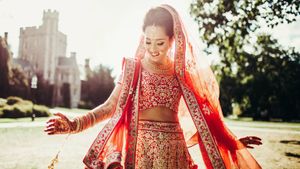Dance is an enchantingly creative means of expressing emotions and sentiments that words fall short of conveying. The gentle sway of the body along the whispers of lyrical or instrumental audio songs defines the dancer's soul. India is a multicultural nation with a sizable population that clings to various cultures and religions. In light of this, there are many famous dance forms of India that are mastered by dancers who celebrate the spirit of being artistic.
From Manipuri to classical Bharatanatyam, these famous dances of India are distinguished not only by their unique costumes and dance steps but also by the way they convey region specific cultural values. So, come let's bump into the spirit of diverse national dance forms to explore the ethnic India.
Here are some of the famous dances of India
Bharatnatyam
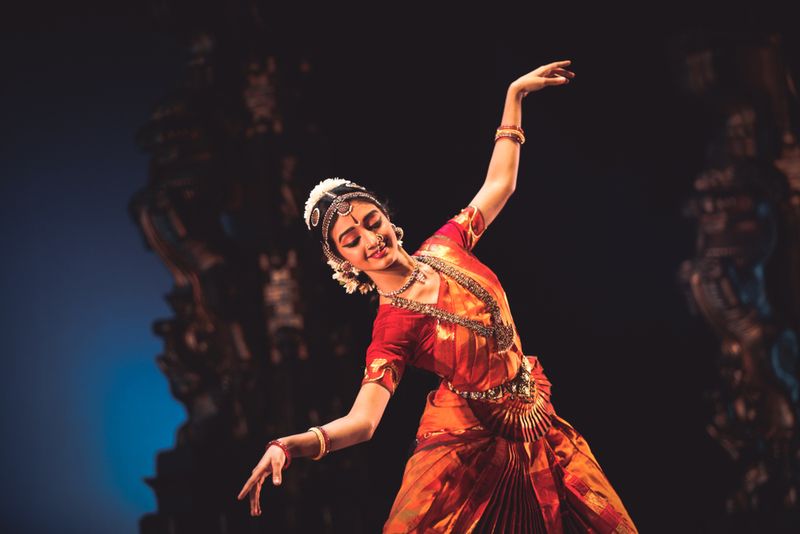
The oldest classical dance form of India — Bharatnatyam, trails its origin from the land of temples — Tamil Nadu. Every letter in words Bharatnatyam has a meaning attached to dancing in Tamil language such as Bha means expression (Bhavam), Ra means music (Ragam), Ta means beat or rhythm (Talam) and Natyam means dance.
A Bharatanatyam performance uses a learned and meticulously coordinated combination of eye movements, hand gestures, facial expressions and dance steps. The performers usually wear traditional costumes i.e. either Kanchipuram silk or Banaras silk sari worn in pyjama-skirt style along with jewellery.
Classical Carnatic music is the foundation of music for this dance form. The Mridangam and two cymbals are the principal musical instruments used to tune the Tamil, Telugu Sanskrit and Kannada verses recited during the performance.
Kathakali
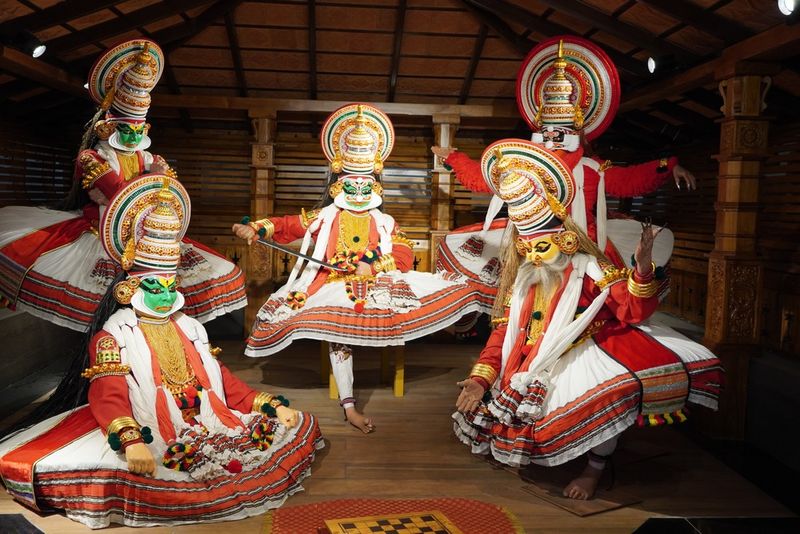
The classical South Indian dance form that finds its origin in ‘God's Own Country’ – Kerala, Kathakali mingles drama, music, dance and devotion. Reckoning on the Hasthalakshana Deepika — traditional text for hand gestures, Kathakali is a combination of the two words Katha and Kali, where Kali is taken from Kala which represents art and performance, while Katha in Sanskrit means a story or a tale.
The oversized coats (Kanchukam), large ornate headgear (Kireetam), and long skirts worn over thick cushion padding are some of the elements that contribute to Kathakali's grandeur. The face mask is painted in vibrant colours, and the costume is intricate. Kathi, Minukku, Pacha, Kari, and Thadi — are five different kinds of makeup (Vesham) done for this dance performance.
The two types of drums that make up the Kathakali ensemble are the Chenda and Maddalam. Some art traditions such as Krishnanattam, Kutiyattam and Kalaripayattu are thought to have influenced the development of Kathakali. Kerala Kalamandalam is one of the leading centres for classical Kathakali training.
Odissi

One of the most predominant classical dance styles in India is Odissi, or Orissi, that shares its roots to the eastern coastal state of Odisha. Renowned for fusing the sensual with the divine, Odissi is recognized for portraying the fables of Lord Vishu’s eighth avatar— Lord Krishna.
According to folklore, Lord Jagannatha cherished hearing the beautiful lyrics from Jaidev's Gita Govindam. To satisfy him, these lyrics were chanted in front of him at the Jagannatha Temple in Puri. The Odissi dance's musical foundation was thus derived from the same verses.
The female performers don vibrantly coloured saris, such as the Bomkai and Sambalpuri saris, which are typically made of local silk and embellished with traditional and regional motifs. The front portion of the sari is worn with separate pleated material stitched in front.
This dance form's distinctive element is the use of Indian ragas, both – northern and southern part of the country, which signify the interchange of ideas and performing arts between the two regions of India.
Manipuri
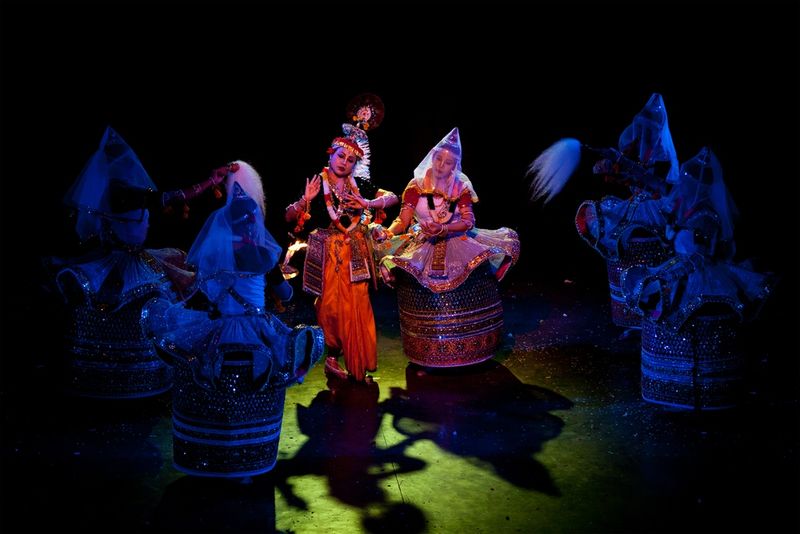
One of the main traditional dance styles of India is Manipuri dance, particularly well-known for its Vaishnavite-inspired themes and magnificent performances of dance dramas centred on the love between Radha and Krishna, or Ras Lila.
Born in the northeastern Indian state of Manipur, this religious art is performed by the Manipuris during Hindu festivals and other significant cultural events with the intention of conveying spiritual values. Compared to other Indian classical dance traditions, Manipuri dancers' attire are notably distinctive, especially for ladies.
The most notable of these is the Kumil costume, which consists of a long, elaborately decorated skirt shaped like a barrel with a reinforced bottom. The skirt is embellished with exquisite gold and silver embroidery, lotus and other natural motif border prints, and tiny mirror bits.


_1704429088564_thumb_1200.jpeg?w=3840&q=75)
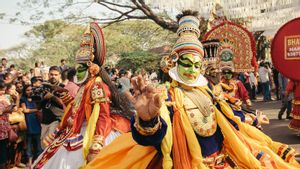
_1681046990421_thumb_300.png)
